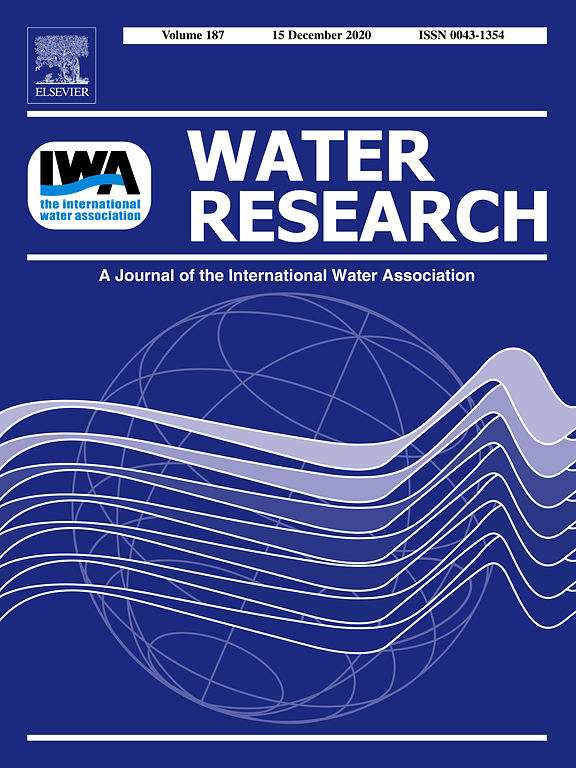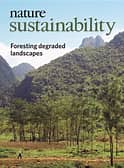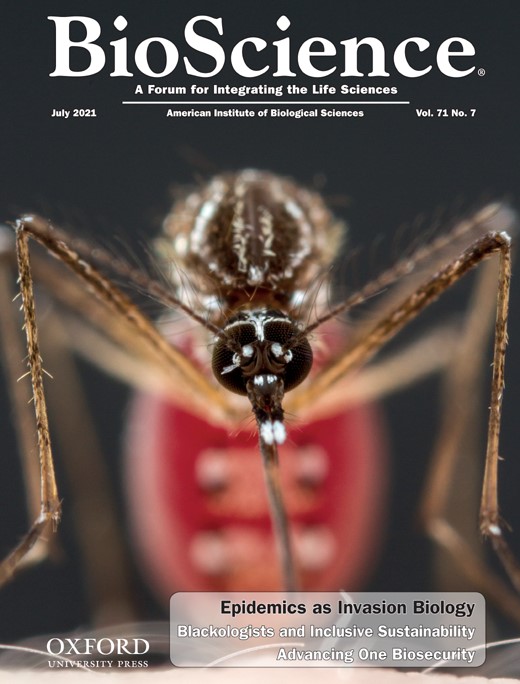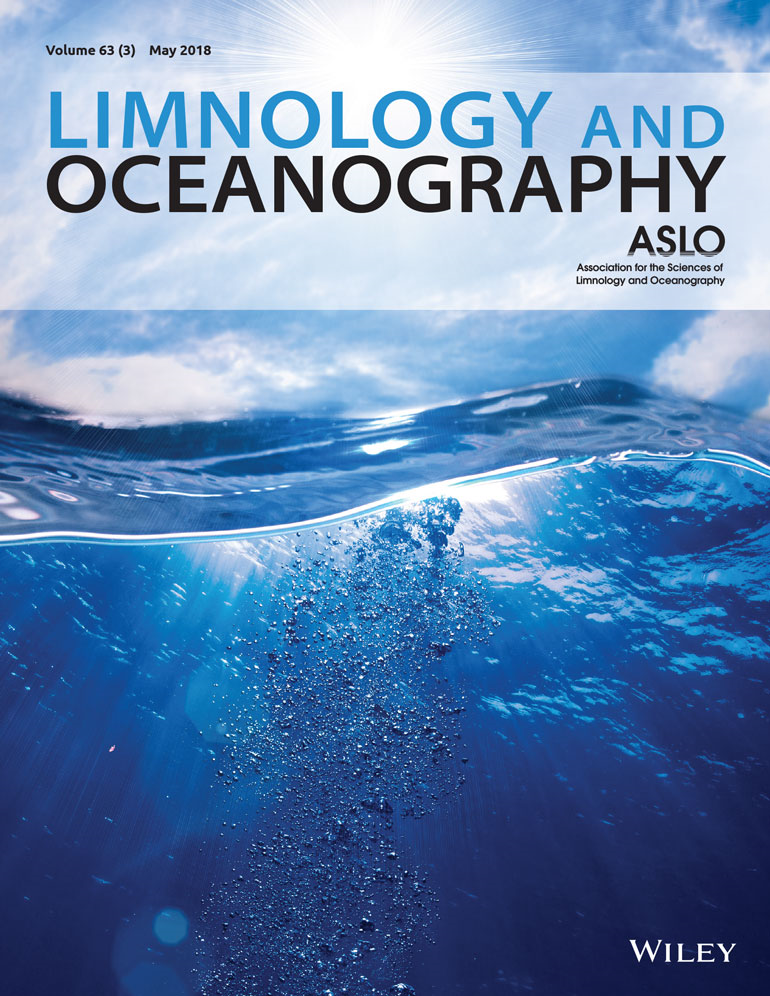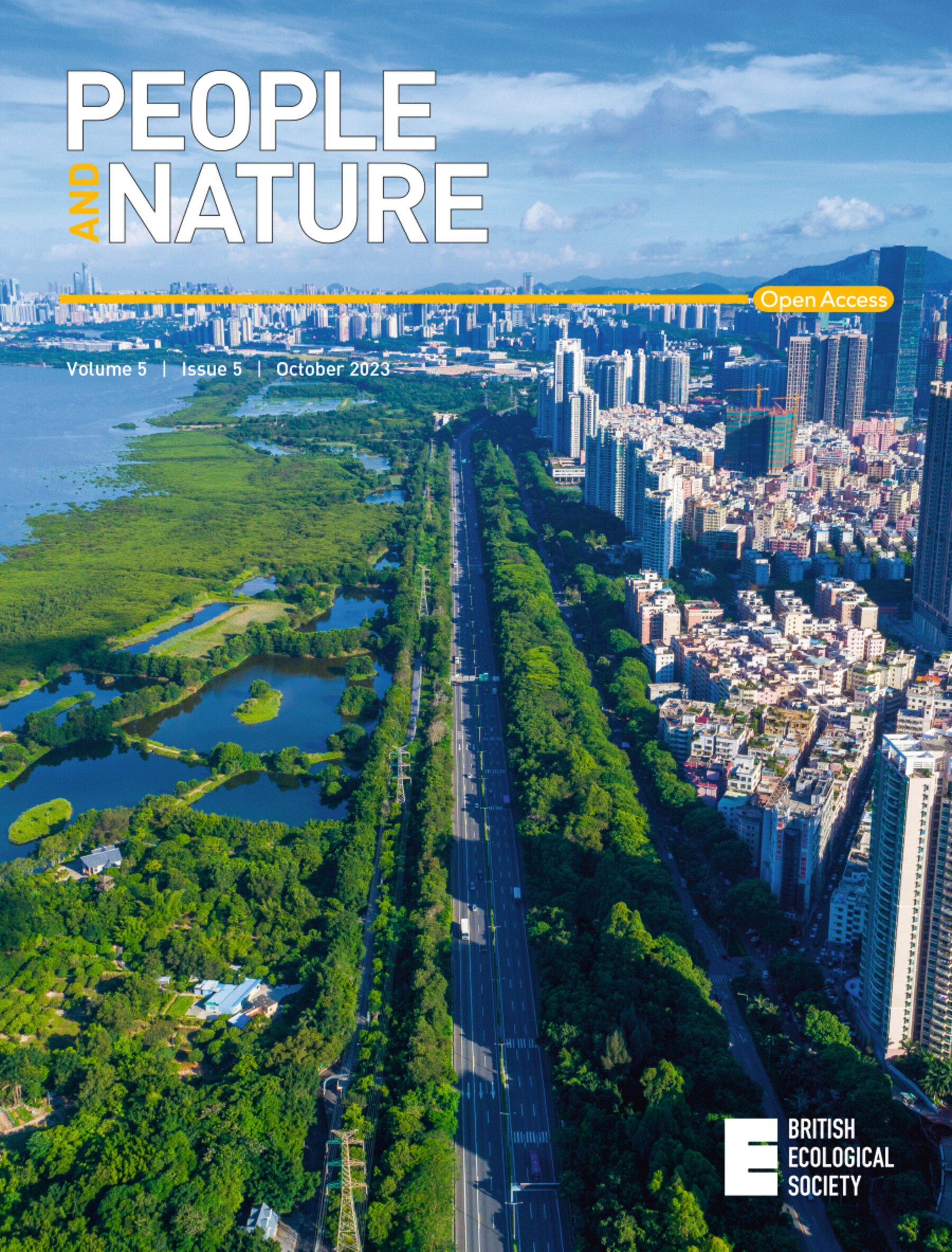
Reintroduced, but not accepted: Stakeholder perceptions of beavers in Germany
The authors conducted a scientific online survey among representatives of the general public, forestry and agriculture to find out their opinions on beavers in Germany. The majority of the general public have a positive view of beavers, while the agricultural and forestry sectors have a much more negative view. There are also regional differences.
Persulfate activation by biochar and iron: Effect of chloride on formation of reactive species and transformation of N,N-diethyl-m-toluamide (DEET)
This study investigated the formation of reactive species during the activation of the chemical oxidant persulfate with biochar and iron in different water types for the removal of organic contaminants. The presence of organic matter and chloride altered the reactive species formed, emphasizing that the water matrix is a critical factor for the application of this oxidation process .
Recreational killing of wild animals can foster environmental stewardship
The authors add a new perspective to the topic of "recreational use of wild animals". The hypothesis is that an emotionally intense interaction between hunters / anglers and wild animals can create a particularly strong sense of responsibility, described as "environmental stewardship". This in turn would be an incentive for many to commit to lifelong environmental and species protection action.
The global extent and severity of operational interactions between conflicting pinnipeds and fisheries
Conservation efforts have led to the recovery of pinnipeds populations worldwide after decades of intensive hunting and culls. However, this positive development has led to conflicts with fisheries, particularly small-scale fisheries. They are almost three times more likely to come into conflict with seals, sea lions and walruses, and lose four times more of their catch than larger fisheries.
Fish habitat models for a future of novel riverscapes
The authors introduce the concept of novel river landscapes, the limitations of current fish habitat models and opportunities for new models. They outline 3 priority data-driven opportunities that incorporate the novel riverscape concept: fish movement, river behavior, and drivers of novelty that all are integrated into a scale-based framework to guide the development of new models.
Light over mechanics: microbial community structure and activity in simulated migrating bedforms are controlled by oscillating light rather than by mechanical forces
The authors tested the effect of 3 migration velocities as well as oscillating and constant light conditions on the structure and function of the microbial community residing in sediments from migrating ripple and stationary patches: Light oscillation is the predominating environmental factor during ripple migration, resulting in an increased vulnerability of light-dependent photoautotrophs.
Migrating ripples create streambed heterogeneity altering microbial diversity and metabolic activity
The field study compared sediment characteristics as well as multitrophic diversity and function in two vertical layers of migrating ripples and stationary patches in sandy lowland streams. It indicates that migrating bedforms create streambed heterogeneity by modulating the abundance, diversity, and structure of different trophic guilds of microbial communities and their resource acquisition.
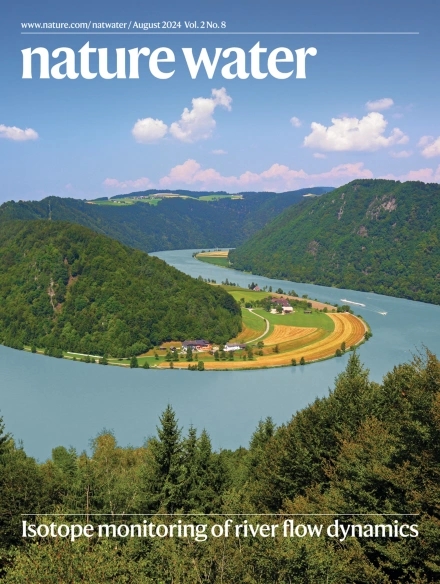
Mixtures of organic micropollutants exacerbated in vitro neurotoxicity of prymnesins and contributed to aquatic toxicity during a toxic algal bloom
This study investigated how organic micropollutants and the algal toxins prymnesins interact as mixtures in water extracts from the Oder River using neurotoxic effects on human nerve cells in vitro. The authors showed that prymnesins dominate the neurotoxic effects, but many of the detected organic micropollutants exacerbate the lethal effect of prymnesins.
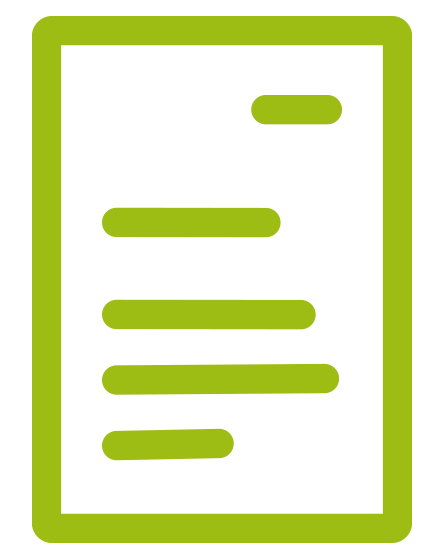
Whole-genome resequencing improves the utility of otoliths as a critical source of DNA for fish stock research and monitoring
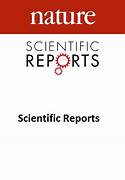
Unpredicted ecosystem response to compound human impacts in a European river
The authors have compiled and analyzed the key environmental factors that led to the mass development of the brackish water alga Prymnesium parvum in the Oder in the summer of 2022. The data synthesis shows how multiple stressors combined to allow an alga that normally thrives in stagnant salt water to proliferate en masse in a completely atypical habitat.


